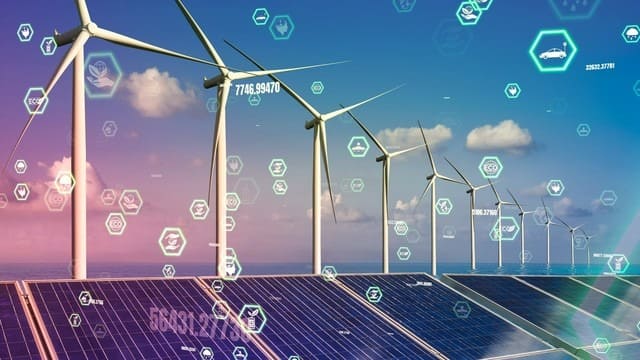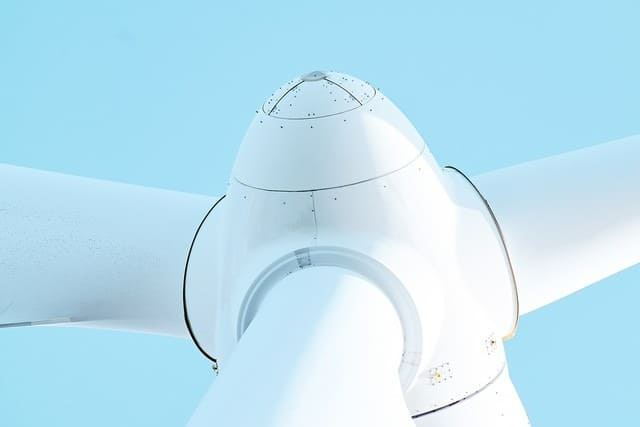Wind turbines generally consist of blades, hubs, main shafts, gearboxes (direct-drive generators do not have this configuration), generators, yaw systems, main controls, etc.
The yaw system is also called the wind-facing device, which ensures that the blade fan surface can always be aligned with the wind direction in order to obtain maximum wind energy. The development trend of wind power is that the length of the blades is getting longer and longer, the diameter of the wind turbine rotor continues to increase, and the tower becomes taller and taller.
This article mainly briefly introduces the power generation, yield, wind turbine size and weight, wind speed and wind turbine speed, output voltage and other data of wind turbines.

Calculation and rate of return of annual power generation of 6.25 MW wind turbine generator
Under standard conditions, the power generation per hour is 6250 degrees. Based on the annual effective utilization rate of wind resource areas, it is approximately 2,700 hours. The annual power generation capacity of a single 6.25MW unit is 6250 kWh * 2700 hours = 16,875,000 kWh.
Comprehensive calculation shows that the payback period of wind power generation is more than 10 years, and the internal rate of return on the full investment is about 5%-6%.
6.25MW wind turbine size and weight parameters
1. Wind turbine tower: It is made of steel cone with a height of about 105 meters to 110 meters. The diameter of the lower part of the tower is about 4.8 meters. The tower is divided into 3 to 5 sections by different manufacturers. The total weight of the tower body is about 300 tons. The weight of the anchor bolt and anchor plate is about 20 tons.
2. Fan blades: Three-piece fan blades are combined. The length of a single fan blade is about 90-95 meters, the diameter of the blade is about 2.8 meters, and the weight of a single fan blade is about 24 tons.
3. Engine room assembly: The dimensions are about 13 meters long * 4.5 meters wide * 4 meters high, and the weight is about 130 tons – 160 tons.
4. Fan hub assembly: The dimensions are about 5 meters long * 4.5 meters wide * 4 meters high, and the weight is about 50 tons.
Best wind speed for wind power generation
1. Cut-in wind speed: 3 meters/second, that is, below this wind speed, no electricity can be generated.
2. Rated wind speed: 12 meters/second, optimal wind speed for power generation
3. Cut out the wind speed: 25 meters/second, when the wind speed reaches this speed, power generation will stop.
Comparison of speeds of different types of wind turbines
1. Doubly-fed high-speed wind turbine: The rated speed of doubly-fed wind turbine is 1800 revolutions per minute.
2. Squirrel-cage high-speed wind turbine: The rated speed of the squirrel-cage wind turbine is 1550 revolutions per minute.
3. Semi-direct drive medium-speed wind turbine: The rated speed of the semi-direct drive wind turbine is 198-378 revolutions per minute.
4. Direct-drive low-speed wind turbine: The rated speed of the direct-drive wind turbine is about 20-30 revolutions per minute.
Comparison of rated output voltages of different types of wind turbines
1. The stator and rotor voltages of doubly-fed wind turbines are different, and the final output rated voltage is about 1140 volts.
2. The rated output voltage of the squirrel cage wind turbine is about 750 volts.
3. The rated output voltages of semi-direct drive wind turbines are generally 690 volts, 1080 volts, and 1380 volts.
4. The rated output voltage of the direct-drive wind turbine is about 690V.

